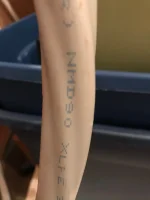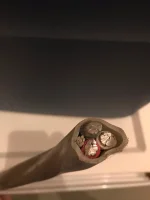I can run my 2500 sq ft house on the 5500W gas generator. I do not have to run just 5 or 6 circuits. I do have to shut off the central AC. And I must configure my hybrid electric water heater to "max efficiency mode" which only runs the 600w heat pump and not the 4500w heating element.
Other than that, I can run my well pump, window AC, 2 chest freezers, fridge, computers, TV and all the LED lights I want.
Do you have a whole house transfer switch, or like i am, backfeeding the panel?



